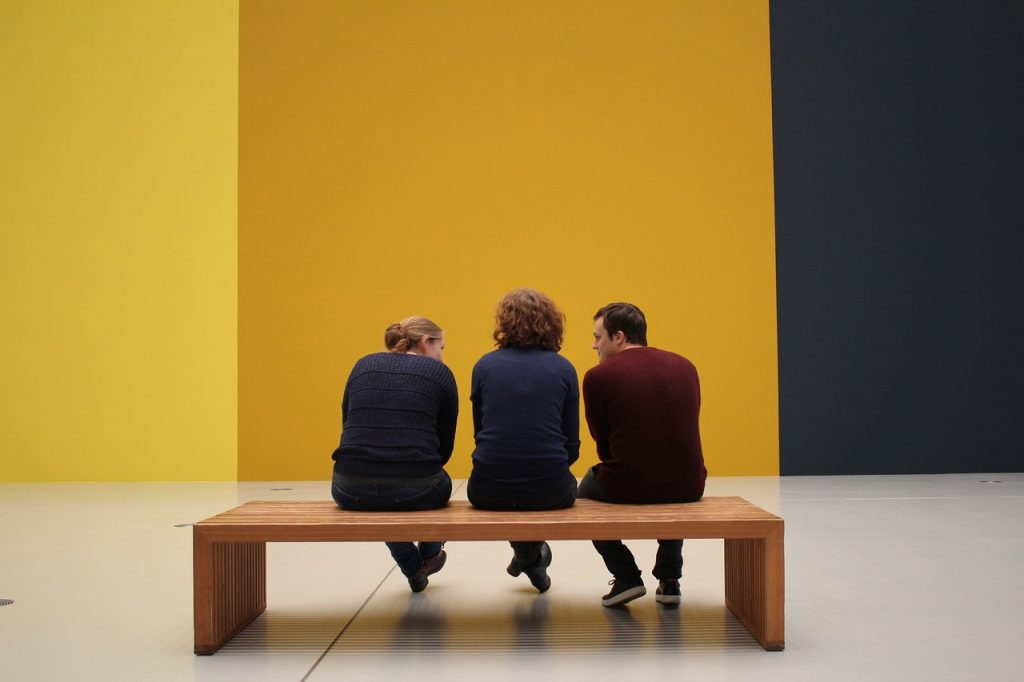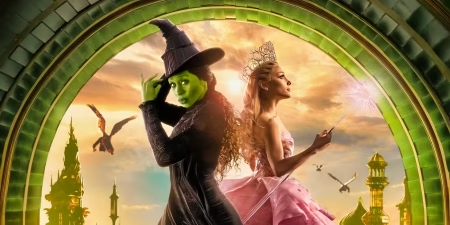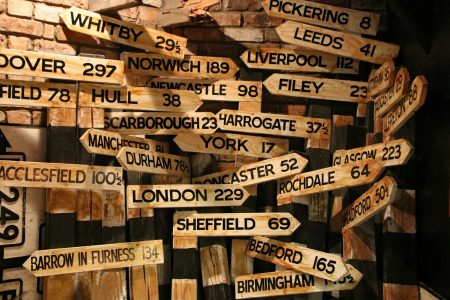In recent months, a steady migration of Chelsea art galleries to Tribeca has been unfolding, marking the latest development in a trend that has spanned nearly a decade. Tim Blum, from the renowned Los Angeles-based gallery Blum & Poe, has made headlines by removing his former partner Jeff Poe’s name from their gallery, closing their Upper East Side location, and setting up shop on White Street. Ozutar Projects is moving to a larger space next door, and Anat Ebgi, a Los Angeles dealer, is making a new home for her gallery between Walker and White Streets on Broadway. The legacy dealer, Marian Goodman, is also relocating to the same block after nearly half a century in midtown Manhattan, as are Alexander Gray Associates.
The push to rebrand Tribeca as New York’s premier arts district has been spearheaded by realtor and art collector Johnathan Travis. Contrary to popular belief, he argues that galleries weren’t driven out of Chelsea solely due to high rents; the move is more about the atmosphere and character of the neighborhood than financial considerations.
Postmasters Gallery was the pioneer in this migration, relocating to a spacious 6,500 square-foot ground floor in Tribeca in 2013 after over a decade in Chelsea. The early 1970s and 1980s saw Tribeca as the epicenter of New York’s cultural scene, with celebrities like Laurie Anderson, James Rosenquist, Martin Scorsese, and Meryl Streep moving in. This sense of history and the neighborhood’s artistic roots have drawn galleries to Tribeca.
Tribeca’s charm lies in its cast-iron buildings and old-school New York atmosphere, in contrast to Chelsea’s recent wave of modern developments. Many Chelsea landlords declined to renew leases due to redevelopment plans, further encouraging galleries to move downtown.
Another compelling reason for the migration is insurance. After Superstorm Sandy in 2012, insurers largely stopped covering lower-level gallery storage in flood-prone areas, which Chelsea is known to be. In contrast, the areas of Tribeca where galleries have settled are not prone to flooding.
Tribeca’s excellent transportation options and the proximity of its galleries make it an attractive destination for art enthusiasts. In comparison, Chelsea relies primarily on the subway at 23rd St, making it less convenient for gallery-hopping.
Over the years, galleries like Bortolami have deepened their commitment to Tribeca, expanding their spaces and solidifying their presence. However, despite the growth of the art scene in Tribeca, smaller galleries have closed in the area, illustrating the competitive nature of the art market.
Rob Dimin suggests that the gallery movements follow a ten-year cycle, with a potential future migration back to Chelsea as medium-sized galleries seek more space and storefronts in Tribeca become cost-prohibitive.
Ultimately, there is a third option: avoiding the crowds entirely. Galleries like Candice Madey’s, located on the Bowery, have chosen to remain independent and resist the pressures of relocating. They prioritize their artistic programs over real estate concerns.
In the ongoing battle between Chelsea and Tribeca, some galleries are content to stay where they are or explore new neighborhoods. The art world in New York is ever-evolving, with galleries making strategic moves to cater to their unique needs and preferences.







